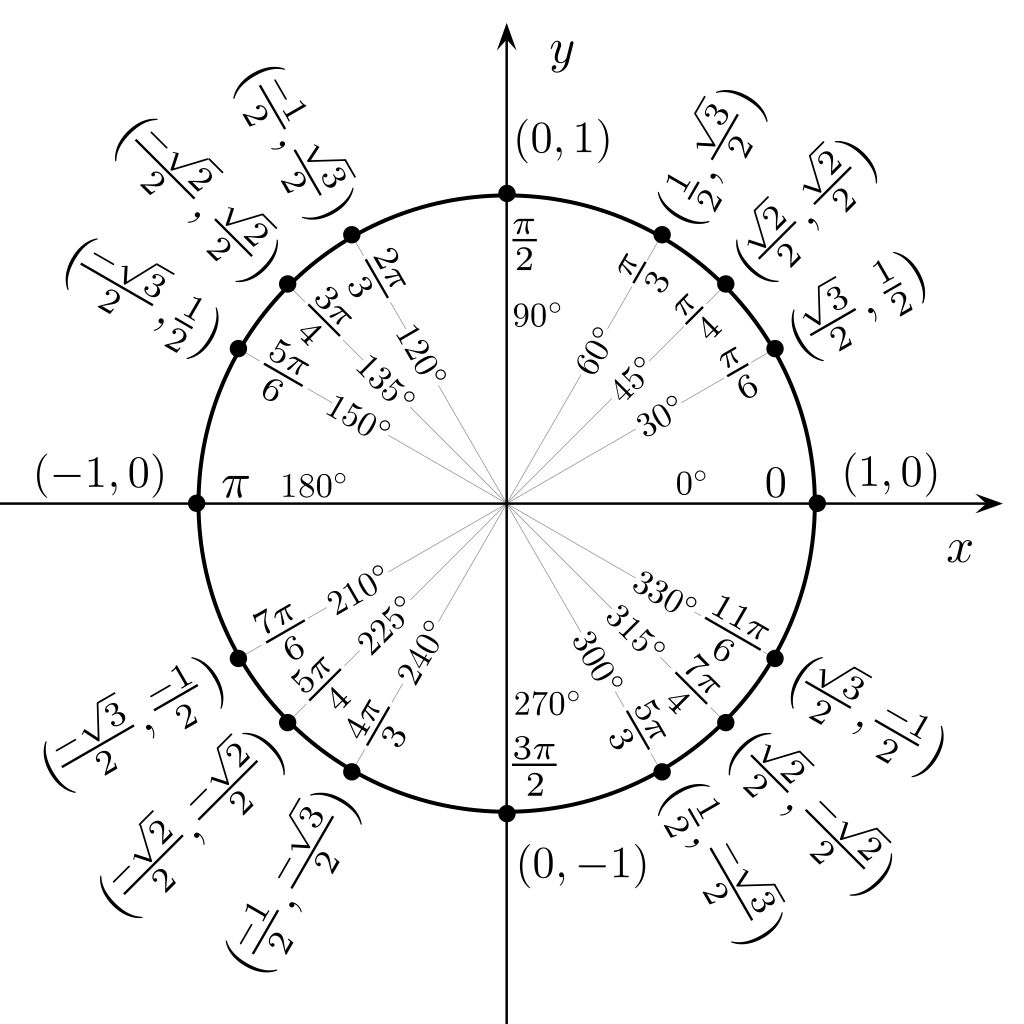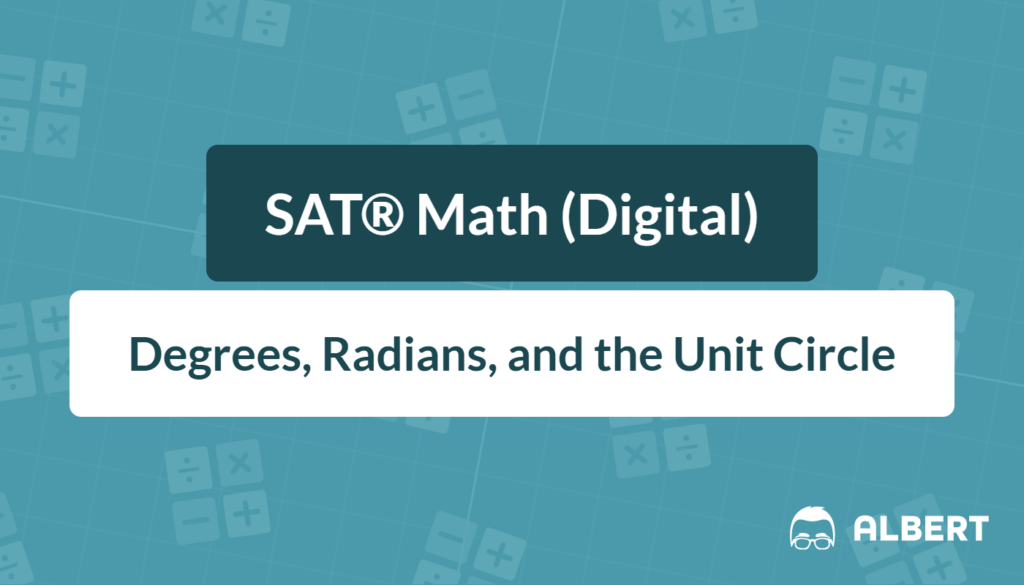Circle questions pop up all over the SAT® Math section. However, many students lose points simply because they mix up degrees and radians or forget a key fact about the unit circle. Therefore, this guide breaks everything into bite-sized pieces so that converting angles, finding arc lengths, and writing circle equations becomes automatic.
Focus keywords woven throughout: degrees, radians, unit circle, circle equation, SAT® Math.
What We Review
Why Degrees, Radians, and the Unit Circle Matter on the SAT®
- Roughly 15–20\% of SAT® Math questions involve circles, angles, or trigonometry.
- Mastering degrees and radians speeds up arc-length and sector-area problems.
- Knowing unit-circle coordinates makes sine, cosine, and tangent questions almost free points.
Circle Vocabulary Crash Course
Key Parts of a Circle
- Radius: Segment from the center to any point on the circle.
- Diameter: Longest chord; equals two radii.
- Chord: Any segment with endpoints on the circle.
- Tangent: A line touching the circle at exactly one point.
- Secant: A line that cuts the circle twice.
- Central Angle: Angle with its vertex at the center.
- Arc: Curved part of the circumference.
Quick Illustration
Imagine a pizza. The crust is the circumference, a slice’s tip is the center, and the cheese edge of one slice is an arc.
Example Problem
A circle has center at O. Point A lies on the circle. Line AB touches the circle only at A. Segment AC goes through the circle and exits at D. Identify each part:
A) Radius
B) Tangent
C) Secant
Solution
- \overline{OA} joins center O to point A ⇒ radius.
- \overline{AB} touches at one point ⇒ tangent.
- \overline{AD} or \overline{AC} (extended) cuts twice ⇒ secant.
Converting Between Degrees and Radians
Core Formula & Proportion
\pi \text{ rad} = 180^\circ
Therefore,
\dfrac{\text{radians}}{\pi} = \dfrac{\text{degrees}}{180}
Example
a) Convert 135^\circ to radians.
Start with the proportion:
\dfrac{x}{\pi} = \dfrac{135}{180}Simplify the right side:
\dfrac{135}{180} = \dfrac{3}{4}Now multiply both sides by \pi:
x = \dfrac{3\pi}{4} radiansb) Convert \frac{5\pi}{6} to degrees.
Start with the proportion:
\dfrac{5\pi/6}{\pi} = \dfrac{d}{180}Simplify the left side:
\dfrac{5\pi}{6\pi} = \dfrac{5}{6}Cross-multiply to solve for d:
d = 180 \times \dfrac{5}{6} = 150^\circMini Practice
Convert quickly (answers underneath):
- 300^\circ → ? rad
- \frac{\pi}{3} → ? °
- \frac{7\pi}{4} → ? °
Answers:
- \frac{5\pi}{3} rad
- 60^\circ
- 315^\circ
Meet the Unit Circle
Definition
The unit circle is a circle with a radius of 1 centered at the origin. Because the radius is 1, the coordinate of any point P tells you the cosine and sine directly:P(\cos\theta,\sin\theta)

Quadrants and Symmetry
Angles start at the positive x-axis and move counter-clockwise:
- Quadrant I: 0°^\circ–90^\circ (all trig ratios are positive)
- Quadrant II: 90^\circ–180^\circ
- Quadrant III: 180^\circ–270^\circ
- Quadrant IV: 270^\circ–360^\circ
However, symmetry means you can find one coordinate and mirror it.
Must-Know Angle Coordinates
| Angle | Coordinate (x, y) |
| 0^\circ | (1, 0) |
| 30^\circ | \left( \dfrac{\sqrt{3}}{2} , \dfrac{1}{2}\right ) |
| 45^\circ | \left( \dfrac{\sqrt{2}}{2} , \dfrac{\sqrt{2}}{2} \right) |
| 60^\circ | \left( \dfrac{1}{2} , \dfrac{\sqrt{3}}{2} \right) |
| 90^\circ | (0, 1) |
Likewise, reflect signs for other quadrants.
Memory Tricks
- Special triangles: 45-45-90 and 30-60-90.
- The phrase “All Students Take Calculus” tells which trig ratios are positive in each quadrant.
- Quadrant I: All trig functions
- Quadrant II: Only sine
- Quadrant III: Only tangent
- Quadrant IV: Only cosine
Example Problem
Find \sin 150^\circ using the unit circle.
Solution
- Notice 150^\circ is in Quadrant II.
- Reference angle = 180^\circ − 150^\circ = 30^\circ.
- In Quadrant II, sine stays positive.
- \sin 30^\circ = \frac{1}{2} ⇒ therefore, \sin 150^\circ = \frac{1}{2}.
Arc Length and Sector Area
Formulas in Radians
Given radius r and angle \theta (in radians):
Arc length: s = r\theta
Sector area: A = \frac{1}{2} r^2 \theta
Why Radians Are Cleaner
Notice that neither formula needs 180 or π when \theta is in radians. Degrees would force an extra conversion.
Example
A Ferris wheel has a radius of 40 m. It turns through \frac{\pi}{3} radians. Find:
a) Distance traveled by a rider (arc length).
b) Area swept by the seat (sector area).
Solution
a) s = 40 \times \frac{\pi}{3} = \frac{40\pi}{3}\ \text{m}
b) A = \frac{1}{2}\times 40^2 \times \frac{\pi}{3} = \frac{1}{2}\times 1600 \times \frac{\pi}{3}= \frac{800\pi}{3}\ \text{m}^2
Circle Equations in the Coordinate Plane
Standard Form
x-h^2 + (y-k)^2 = r^2 (h, k) = center, r = radius.Connection to Unit Circle
The unit circle is simply the special case where (h, k) = (0, 0) and r = 1.
Example
Does point (4, −1) lie on x-2^2 + (y+1)^2 = 9?
Solution
- Substitute x = 4, y = −1:
- (4-2)^2 + (-1+1)^2 = 2^2 + 0^2 = 4
- Right side is 4, but circle’s r^2 is 9. Therefore, the point is inside the circle, not on it.
Completing the Square to Reveal a Hidden Circle
General to Standard Form
Start with x^2 + y^2 + Dx + Ey + F = 0. Complete squares for both variables.
Example
Rewrite x^2 + y^2 - 6x + 4y + 9 = 0 and find center & radius.
Solution
1. Group: (x^2 - 6x) + (y^2 + 4y) = -9
2. Complete squares:
(x^2 - 6x + 9) + (y^2 + 4y + 4) = -9 + 9 + 4- x part: take half of −6 ⇒ −3, square ⇒ 9.
- y part: half of 4 ⇒ 2, square ⇒ 4.
Add 9 and 4 to both sides.
3. Rewrite: x-3^2 + (y+2)^2 = 4
Therefore, the center is at (3, −2), radius \sqrt{4}=2.
Transformations: How Equation Changes Affect the Graph
Shifts
Moving x-h^2 + (y-k)^2 = r^2 right or left changes h; up or down changes k.
Dilation
Changing r scales the circle outward (larger r) or inward (smaller r).
Example
Original: x-1^2 + (y+2)^2 = 16. Move the circle 3 units up.
New k = −2 + 3 = 1. The equation becomes:
x-1^2 + (y-1)^2 = 16Distance Formula: Verifying Points on a Circle
Formula Review
Distance between (x_1, y_1) and (x_2, y_2): \sqrt{(x_2-x_1)^2+(y_2-y_1)^2}
Example
Show that (−2, 5) sits on a circle of radius \sqrt{29} centered at (1, 1).
Distance:
\sqrt{(-2-1)^2 + (5-1)^2} = \sqrt{(-3)^2 + 4^2} = \sqrt{9+16} = \sqrt{25}=5Since 5 = \sqrt{25} \neq \sqrt{29}, the point is outside the circle.
Quick Reference Chart: Essential Vocabulary & Formulas
| Term | Definition / Key Formula |
| Radian | Angle measure where arc length equals radius |
| Degree | \dfrac{1}{360} of a full rotation |
| Central Angle | Angle with vertex at the circle’s center |
| Arc | Curved segment of circumference |
| Arc Length | s = r\theta (\theta in radians) |
| Sector Area | A = \frac{1}{2}r^2\theta |
| Unit Circle | Circle with r = 1, center (0,0) |
| Standard Circle Equation | x-h^2 + (y-k)^2 = r^2 |
| Completing the Square | Process to convert general → standard form |
| Reference Angle | Acute angle formed with x-axis |
| Tangent Line | Touches circle at one point |
| Secant Line | Intersects the circle at two points |
SAT®-Style Practice Questions
- Convert 210^\circ to radians.
- Evaluate \cos\left(\frac{7\pi}{6}\right) using the unit circle.
- Find the arc length of a circle with radius 6 cm subtended by 120^\circ.
- Write the equation of a circle centered at (−4, 2) that passes through (−1, 2).
- Complete the square: x^2 + y^2 + 2x - 8y = 23 and state the radius.
Solutions
- \frac{7\pi}{6}
- -\frac{\sqrt3}{2}
- 4\pi\ \text{cm}
- (x+4)^2 + (y-2)^2 = 9
- Radius = 2\sqrt{10}
Final Tips & Takeaways
- Always convert degrees to radians before using s = r\theta or A = \frac12 r^2\theta; it prevents careless errors.
- Drill the five special angles (0^\circ, 30^\circ, 45^\circ, 60^\circ, 90^\circ) until their coordinates pop into mind instantly.
- When stuck on a general circle equation, remember: complete the square, then read off the center and radius.
- On test day, sketch mini diagrams; even five-second drawings reduce mistakes.
Master these concepts, and circle problems will feel like—well—a walk in the park rather than a spin in circles. Good luck on the SAT®!
Sharpen Your Skills for SAT® Math (Digital)
Are you preparing for the SAT® Math (Digital) test? We’ve got you covered! Try our review articles designed to help you confidently tackle real-world SAT® Math (Digital) problems. You’ll find everything you need to succeed, from quick tips to detailed strategies. Start exploring now!
Need help preparing for your SAT® Math (Digital) exam?
Albert has hundreds of SAT® Math (Digital) practice questions, free response, and full-length practice tests to try out.









